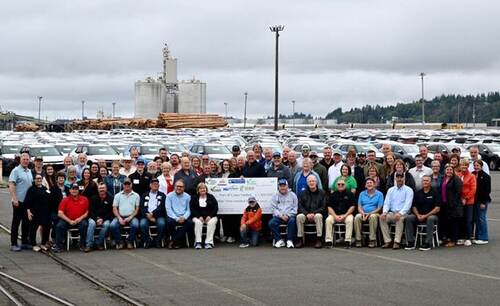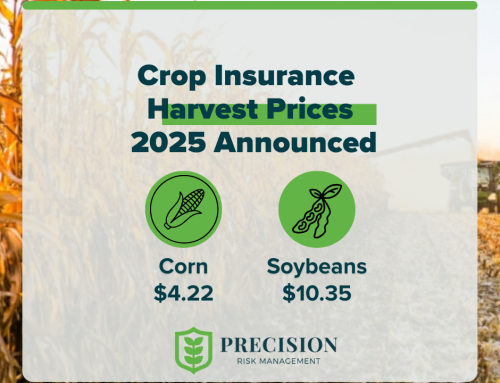Source: United Soybean Board news release
St. Louis, MO — A step toward enhancing infrastructure in the Pacific Northwest is officially underway thanks to a soy checkoff investment from the half-million U.S. soybean farmers. On July 30, 2024, the United Soybean Board (USB), along with the Soy Transportation Coalition, Iowa Soybean Association, Kansas Soybean Commission, Nebraska Soybean Board, North Dakota Soybean Council, and South Dakota Soybean Research and Promotion Council presented an investment check totaling $1.3 million. Scheduled to be operational in early 2026, this partnership will not only allow the AGP Processing terminal to double its soybean meal exports from 3 million to 6 million metric tons but also open up new opportunities in international trade markets for U.S. soybean meal.
The Port of Grays Harbor Impact on Midwest Farmers
The Port of Grays Harbor is set for a significant upgrade with $400,000 being invested in the Port of Grays Harbor Terminal 4 Expansion and Redevelopment Project. This funding will cover research, analysis and design costs for the terminal located in Aberdeen, Washington. The expansion is expected to have a substantial impact on international exports.
April Hemmes, Iowa farmer and United Soybean Board Demand Action Team chair, said, “This upgrade matters because our checkoff investments will improve and increase the capacity of Port of Grays Harbor, a place moving our soybeans more quickly out into the world and doing greater good for every life, every day.”
The relationship between farmers and infrastructure is deeply intertwined. As Mike Steenhoek, executive director of the Soy Transportation Coalition, explains, “There is an interdependent relationship between the infrastructure in places like the Port of Grays Harbor and farmers located in the middle of the country.” The enhancements made at the port will directly influence farming operations in the Midwest and vice versa.
The combined forces of farmers and infrastructure advancements result in greater economic stability, increased demand, and expanded market opportunities. Together, they transform the world of soybeans.
To learn more about key priorities and investments of U.S. soybean farmers, please visit unitedsoybean.org.





